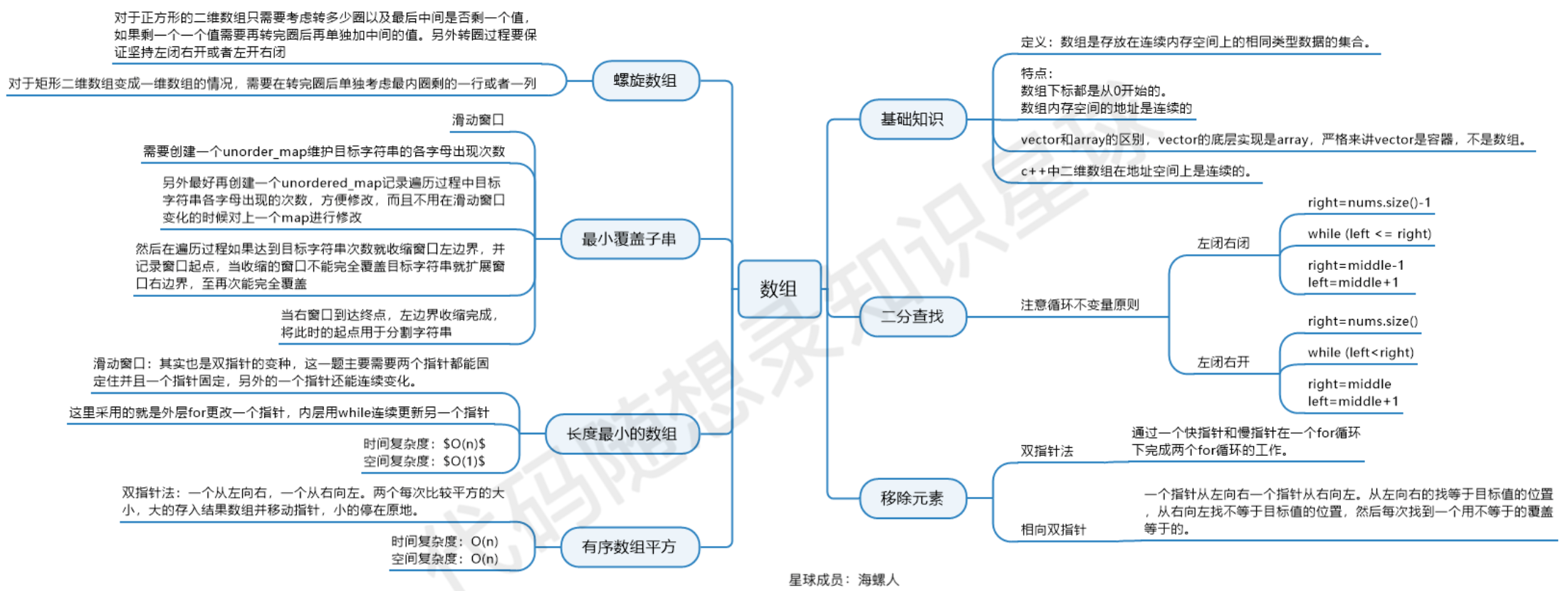看这样一段程序:
// 我的减重程序,lbs是磅的简称package mainimport ("fmt"
)func main() {fmt.Println("My weight on the surface of Mars is ")fmt.Println(112 * 0.3783)fmt.Println(" lbs, and I would be ")fmt.Println(19 * 365 / 687)fmt.Println(" years old.")
}
输出如下:

但是改成这样(即把Println替换成Print):
// 我的减重程序,lbs是磅的简称package mainimport ("fmt"
)func main() {fmt.Print("My weight on the surface of Mars is ")fmt.Print(112 * 0.3783)fmt.Print(" lbs, and I would be ")fmt.Print(19 * 365 / 687)fmt.Print(" years old.")
}
输出如下:

所以不言而喻,Println和Print的一个区别就是Println会在输出的内容后面自动添加一个换行符。
结合Println中的ln为英文line的缩写,就比较好理解了。
如果要用Println来实现上面的程序,应该这样写:
// 我的减重程序,lbs是磅的简称package mainimport ("fmt"
)func main() {fmt.Println("My weight on the surface of Mars is", 112*0.3783, "lbs, and I would be", 19*365/687, "years old.")
}
输出如下:

补充一个在写的过程中遇到的问题:
我刚开始是这样写的(即自己在分隔的两边加了空格):
// 我的减重程序,lbs是磅的简称package mainimport ("fmt"
)func main() {fmt.Println("My weight on the surface of Mars is ", 112*0.3783, " lbs, and I would be ", 19*365/687, " years old.")
}
输出如下:

发现自己加的空格是多此一举的,因为go编译器会自动帮我们在分隔的地方加空格。








![源鲁杯2024[Round 3] CheckImg](https://img2024.cnblogs.com/blog/3540423/202411/3540423-20241102154459052-490103486.png)

